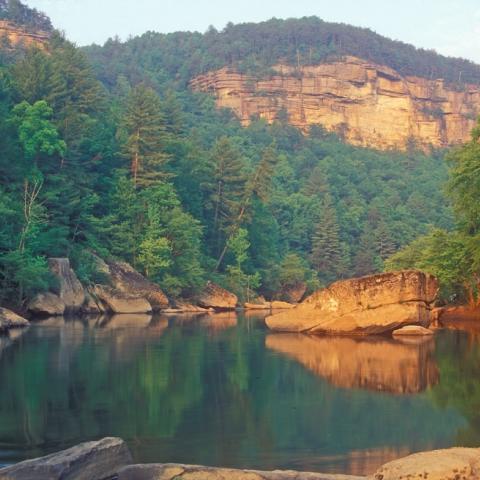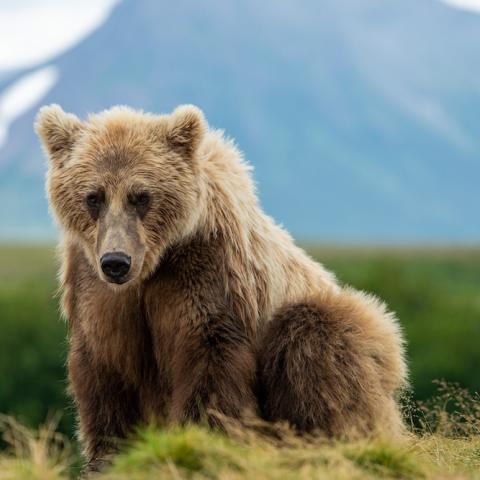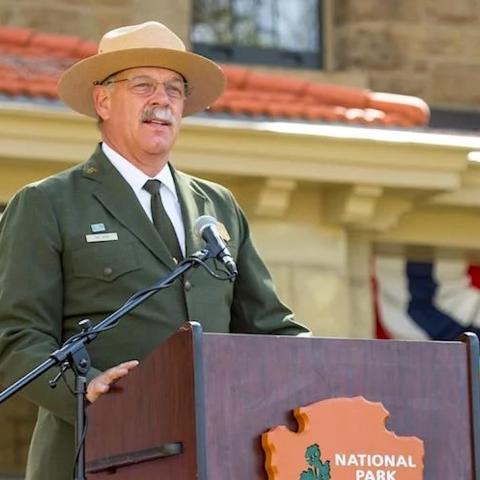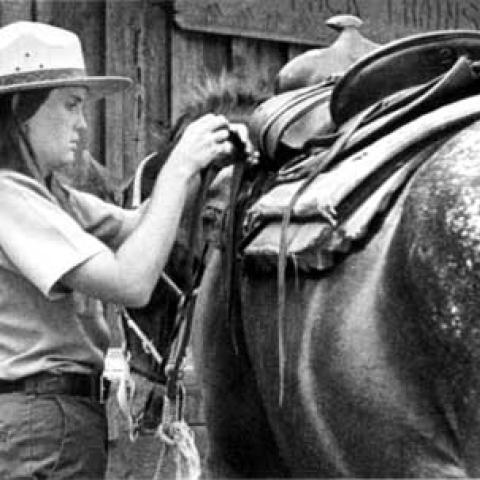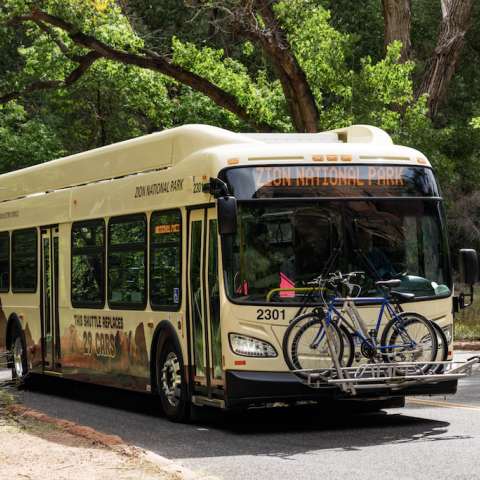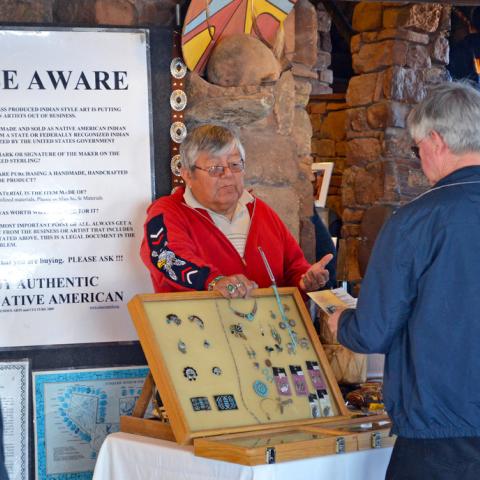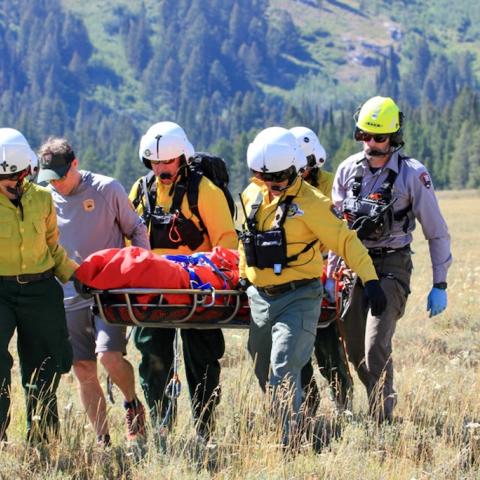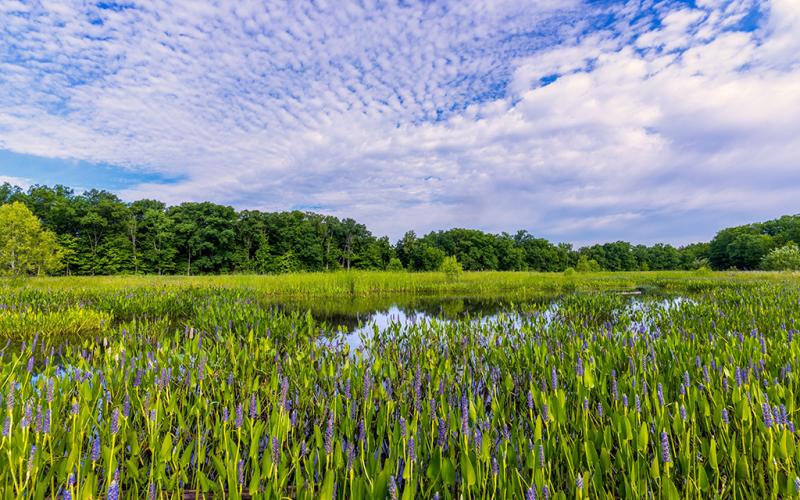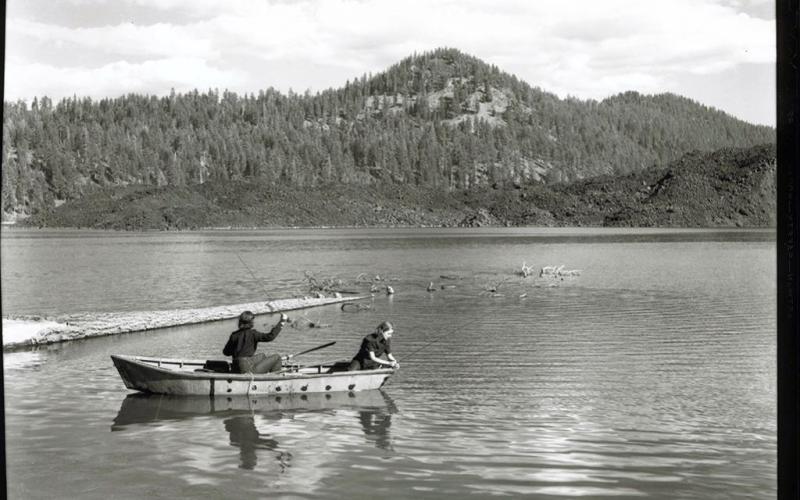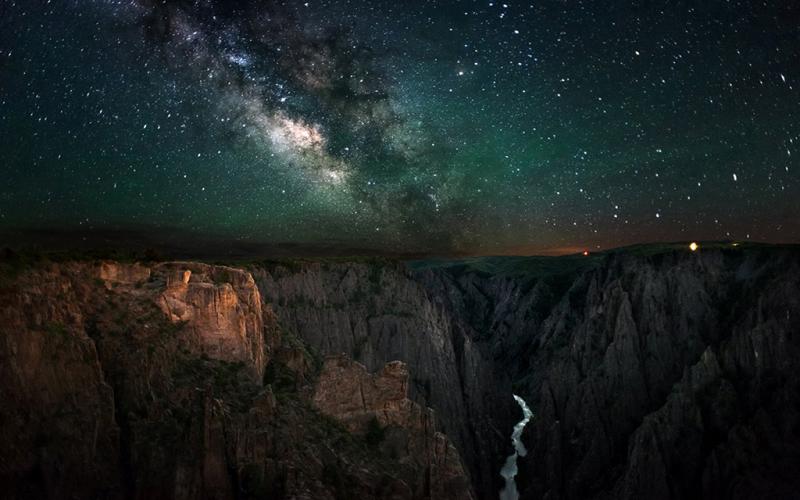An Aerial View Of The CCC Encampment In The Chisos Basin During The 1930s At Big Bend National Park (Texas)
This first month of the 2025 New Year is all about throwback in the National Park System, with a little added trivia.
When driving the Chisos Basin Road toward the Chisos Mountains and the Chisos Mountains Lodge, think about the young men of the Civilian Conservation Corps (CCC). They built the road.
According to park staff:
"In May 1933, Texas Canyons State Park was established; it was later renamed Big Bend State Park. Roads and trails were needed for the new park, and the CCC provided an ideal workforce. A year after the park was established, 200 young men, 80 percent of whom were Hispanic, arrived to work in the Chisos Mountains. The CCC's first job was to set up camp and develop a reliable water supply. The CCC boys faced many challenges, living in tents 85 miles from the nearest town, and facing extreme temperatures and weather. Eventually barracks replaced tents in the area of today’s Basin Campground."
"The CCC built an all-weather access road into the Chisos Mountains Basin. They surveyed and built the seven-mile road using only picks, shovels, rakes, and a dump truck, which they loaded by hand. They scraped, dug, and blasted 10,000 truck loads of earth and rock and constructed 17 stone culverts, still in use today along the Basin road."


